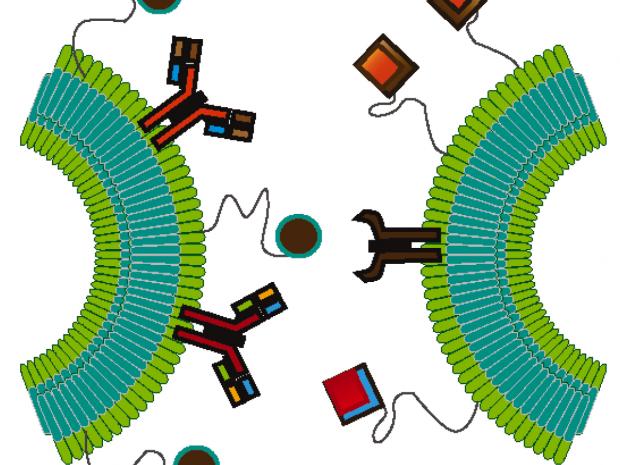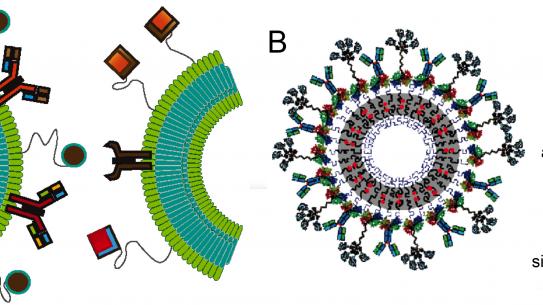Harnessing Bilayer Membranes and Cell-Free Systems to Investigate Control Biological Processes

Speaker:
Neha P. Kamat, PhD
Assistant Professor, Dept. of Biomedical Engineering
Center for Synthetic Biology, Chemistry of Life Processes Institute
Northwestern University, Evanston, IL
Abstract:
In her Laboratory for Biomembrane Engineering Dr. Kamat focuses on constructing minimal systems, or artificial cells, as a tool to understand and recreate certain cellular behaviors. Her group is specifically interested in designing mechanically responsive systems that can optically or enzymatically report membrane stress in biological and polymeric environments. By using emerging engineering methods in material science and synthetic biology, they aim to construct macromolecular assemblies that can coordinate both membrane biophysical processes and RNA-regulated chemical processes in order to continuously sense and respond to designed stimuli for medicinal and technological applications. The LBE pursues three particular areas: (1) designing active interfaces by incorporating membrane proteins into synthetic bilayer membranes (2) designing optical sensors that report membrane tension and stress and (3) engineering compartments that can engage encapsulated reactions based on environmental stimuli. These research areas all utilize self-assembled bilayers as a material scaffold. They advance the understanding of membrane biophysics as well as enable technologies for the design of adaptive and responsive biomaterials
Dr. Kamat received a BS in Bioengineering from Rice University in 2008, a PhD in Bioengineering from the University of Pennsylvania (Advisor: Daniel Hammer) in 2012. Subsequently she became a Postdoctoral Fellow in the Department of Molecular Biology at Harvard University and Massachusetts General Hospital. Under the supervision of Dr. Jack Szostak, she designed temperature responsive vesicle membranes enabling RNA permeability and started to study peptide- membrane interactions in model bilayer membranes. In 2017, she accepted a tenure track position at Northwestern University.


